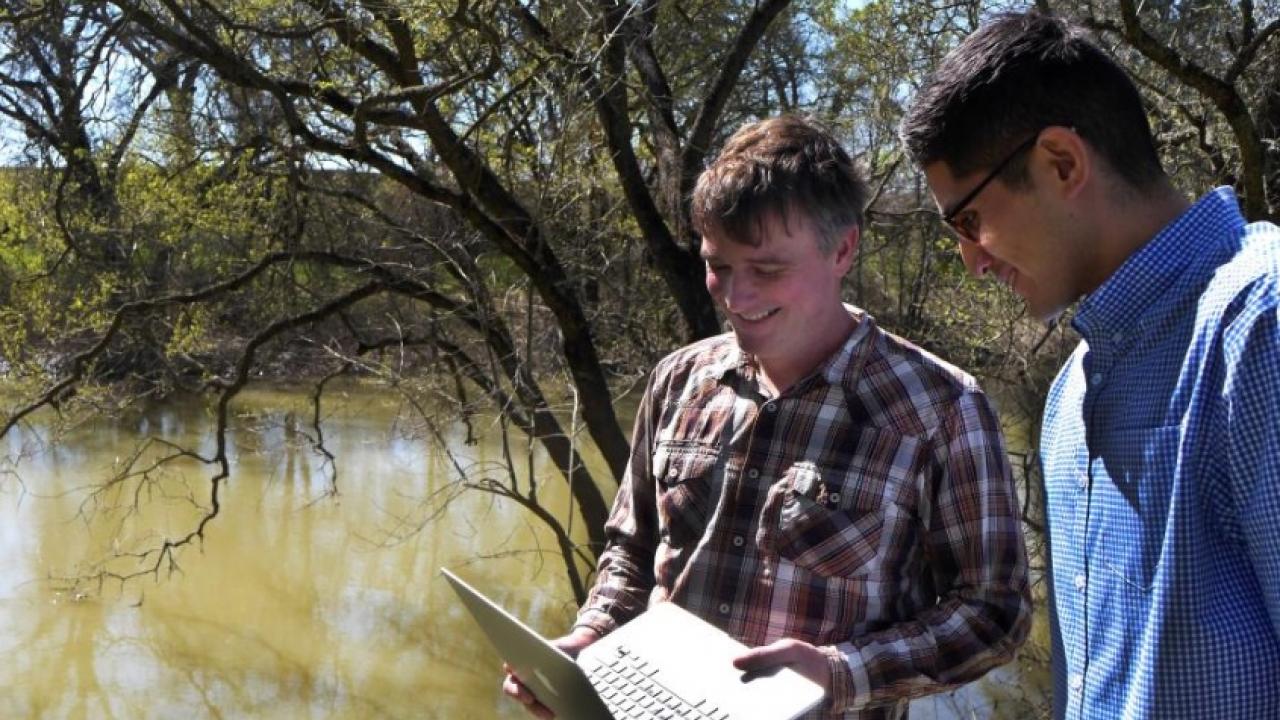
Helping Water Utilities Reduce California’s Energy Use and Emissions
By Kat Kerlin
Over the next three and a half years, researchers at the University of California, Davis, will work with the Moulton Niguel Water District and Helio Energy Solutions to better understand how water utilities can reduce California’s energy use as the state works to meet its ambitious greenhouse-gas reduction goals.
The California Energy Commission awarded the Center for Water and Energy Efficiency at UC Davis $3.1 million to pilot-test a system to help water utilities optimize their energy use and reduce operational costs while continuing to meet customers’ water needs.
If successful, the pilot program could help balance the electrical grid’s intermittent distribution of renewable energy, while providing substantial savings to ratepayers.
Reducing strain on grid
Moulton Niguel Water District spends approximately $2 million per year to power its water services for 170,000 customers in southern Orange County. CWEE researchers will combine water system hydraulic modeling with Helio Energy Solution’s PredictEnergy software platform to create a demand management system designed to reduce Moulton Niguel’s energy consumption.
“If adopted widely by urban water systems in California, the strain on the grid during peak hours could be reduced significantly, leading to more reliable electricity at lower costs to consumers,” said Frank Loge, faculty director of CWEE, professor of civil and environmental engineering and principal investigator on the grant.
Simple plan: Pump when rates are lower
The project will use real-time energy analytics to develop an energy-management system that adapts to changing energy demands and different energy-rate structures for Moulton Niguel’s potable and recycled water systems. While the system is complex, the plan is simple: When energy rates are lower, Moulton Niguel will pump more water, and as rates rise, the district plans to cut back its power consumption.
“We want to develop a strategy that meets the needs of the grid and pays off for water utilities at the same time,” said Mike Murray, president of Helio Energy Solutions. “By partnering with UC Davis and the Moulton Niguel Water District, we will be able to provide our state with a solution that reliably and safely delivers results while incentivizing water districts to participate. We look forward to working together on this exciting new project.”
Lowering emissions
In September, California Gov. Jerry Brown signed legislation requiring the state to reduce its greenhouse gas emissions to 40 percent below 1990 levels by 2030. Water utilities, which require large amounts of power at every step of the water cycle, could be instrumental in reaching those emissions reduction goals. Roughly 20 percent of California’s electricity and more than 30 percent of its natural gas go to the water system, from pumping it for delivery to disposing of wastewater.
“At Moulton Niguel, we’re constantly identifying new ways to save our ratepayers money and reduce our carbon footprint,” said Joone Lopez, general manager at Moulton Niguel Water District. “The energy experts at CWEE are brilliant at finding new ways to be more efficient. With their help, we hope to be the model for the entire state.”
